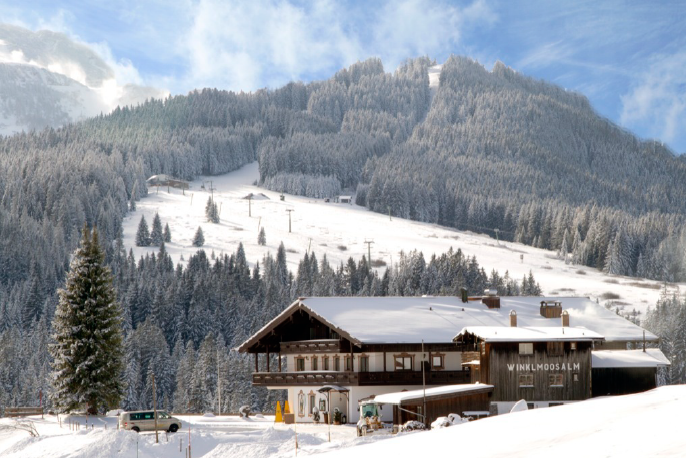Speaker
Description
In the Born-Oppenheimer picture, nuclear dynamics evolve across a potential energy surface determined by the time-dependent electronic structure and its transient occupation. In the case of photo-induced reactions, ab initio molecular dynamics (AIMD) simulations can provide the electronic and atomic structure of a system subsequent to impulsive excitation. Experimental access to the non-equilibrium distribution of electronic states of a material provides benchmarks which directly relate to the forces that govern the trajectory along the reaction coordinate during an ultrafast structural transition. Such an approach goes beyond the recording of a “molecular movie” [1], i.e., the determination of atomic structure as function of time. We demonstrate this concept by investigating a model phase transition system – indium nanowires at the (111) surface of silicon – which undergoes an order-order structural transition accompanied by an electronic metal-to-insulator transition [2]. Utilizing femtosecond time- and angle-resolved photoemission spectroscopy with a 0.5 MHz XUV laser source, we obtain direct access to the transient k-resolved electronic structure during the photo-induced phase transition (PIPT) in In/Si(111). By observing the dynamically changing band structure, a detailed reaction pathway is resolved, including temporal separation of the insulator-to-metal (200 fs) and structural (700 fs) phase transitions; the latter in extremely good agreement with recent time-resolved electron diffraction measurements [3]. The reaction pathway is reproduced by AIMD simulations, which reveal the crucial role played by localized photo-holes in shaping the potential energy landscape of the structural transition. This furthermore allows us to extend the description of ultrafast PIPTs to real space, and chart the ultrafast formation of chemical bonds during the phase transition.
[1] Dwyer, J. R. et al. Femtosecond electron diffraction: ‘making the molecular movie'. Philos. Trans. A. Math. Phys. Eng. Sci. 364, 741 (2006).
[2] Yeom, H. et al. Instability and Charge Density Wave of Metallic Quantum Chains on a Silicon Surface. Phys. Rev. Lett. 82, 4898 (1999).
[3] Frigge, T. et al. Optically excited structural transition in atomic wires on surfaces at the quantum limit. Nature 544, 207 (2017).

